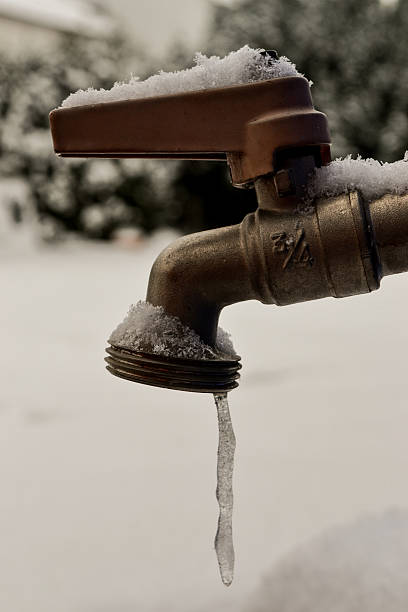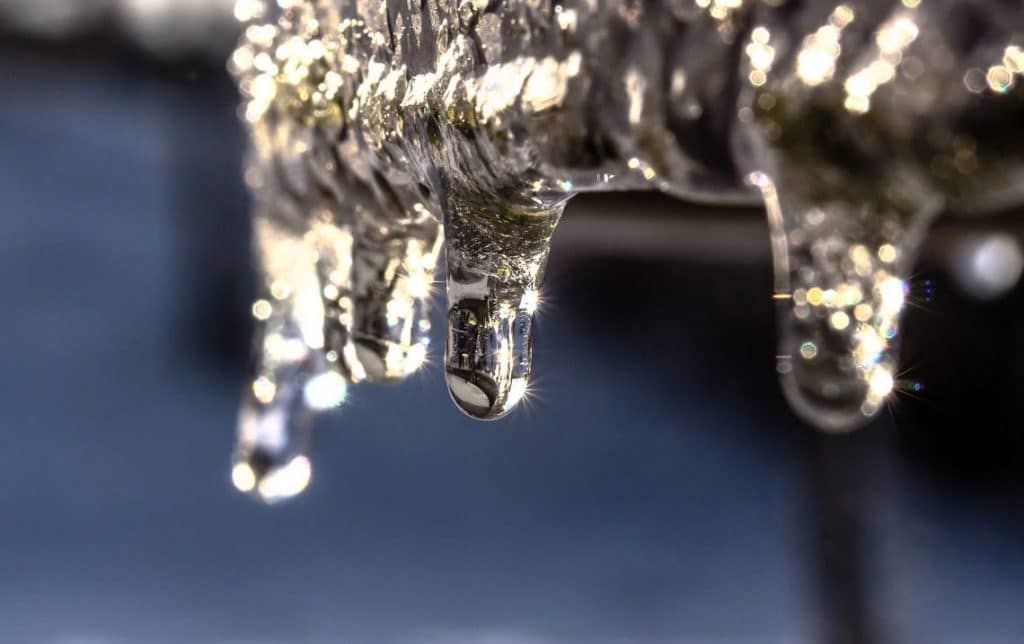The publisher is making a few good pointers related to 6 Ways to Prevent Frozen Pipes in general in the content down below.

Winter can ruin your pipes, particularly by freezing pipes. Here's exactly how to prevent it from taking place and what to do if it does.
Intro
As temperatures drop, the risk of icy pipes rises, potentially leading to costly repairs and water damages. Understanding just how to avoid frozen pipes is crucial for home owners in cool environments.
Comprehending Frozen Pipes
What creates pipelines to ice up?
Pipelines ice up when subjected to temperature levels below 32 ° F (0 ° C) for expanded periods. As water inside the pipelines ices up, it broadens, putting pressure on the pipeline walls and possibly creating them to break.
Dangers and damages
Icy pipes can bring about water supply disruptions, property damages, and pricey fixings. Burst pipes can flood homes and trigger considerable structural damage.
Signs of Frozen Water Lines
Recognizing icy pipelines early can stop them from bursting.
How to identify icy pipelines
Seek reduced water flow from faucets, uncommon smells or sounds from pipelines, and noticeable frost on subjected pipes.
Prevention Tips
Protecting prone pipelines
Cover pipelines in insulation sleeves or make use of warmth tape to protect them from freezing temperature levels. Focus on pipes in unheated or exterior locations of the home.
Heating methods
Keep interior areas effectively warmed, especially areas with pipes. Open up cabinet doors to enable warm air to circulate around pipelines under sinks.
Protecting Outdoor Pipes
Yard pipes and outside faucets
Detach and drain yard hose pipes before winter. Set up frost-proof faucets or cover outside faucets with protected caps.
What to Do If Your Pipes Freeze
Immediate actions to take
If you think icy pipelines, maintain taps open to relieve stress as the ice melts. Make use of a hairdryer or towels taken in hot water to thaw pipes slowly.
Long-Term Solutions
Structural modifications
Take into consideration rerouting pipelines far from outside walls or unheated areas. Include extra insulation to attic rooms, cellars, and crawl spaces.
Upgrading insulation
Buy top quality insulation for pipelines, attic rooms, and walls. Proper insulation assists preserve consistent temperature levels and minimizes the threat of icy pipelines.
Final thought
Preventing icy pipes calls for aggressive procedures and fast feedbacks. By comprehending the causes, indications, and safety nets, home owners can protect their plumbing during cold weather.
5 Ways to Prevent Frozen Pipes
Drain Outdoor Faucets and Disconnect Hoses
First, close the shut-off valve that controls the flow of water in the pipe to your outdoor faucet. Then, head outside to disconnect and drain your hose and open the outdoor faucet to allow the water to completely drain out of the line. Turn off the faucet when done. Finally, head back to the shut-off valve and drain the remaining water inside the pipe into a bucket or container. Additionally, if you have a home irrigation system, you should consider hiring an expert to clear the system of water each year.
Insulate Pipes
One of the best and most cost-effective methods for preventing frozen water pipes is to wrap your pipes with insulation. This is especially important for areas in your home that aren’t exposed to heat, such as an attic. We suggest using foam sleeves, which can typically be found at your local hardware store.
Keep Heat Running at 65
Your pipes are located inside your walls, and the temperature there is much colder than the rest of the house. To prevent your pipes from freezing, The Insurance Information Institute suggests that you keep your home heated to at least 65 degrees, even when traveling. You may want to invest in smart devices that can keep an eye on the temperature in your home while you’re away.
Leave Water Dripping
Moving water — even a small trickle — can prevent ice from forming inside your pipes. When freezing temps are imminent, start a drip of water from all faucets that serve exposed pipes. Leaving a few faucets running will also help relieve pressure inside the pipes and help prevent a rupture if the water inside freezes.
Open Cupboard Doors
Warm your kitchen and bathroom pipes by opening cupboards and vanities. You should also leave your interior doors ajar to help warm air circulate evenly throughout your home.

I'm certainly very serious about Prevent Frozen Pipes and I'm hoping you liked our post. Do you know about someone else who is fascinated by the subject? Take a moment to promote it. Many thanks for being here. Come back soon.
Source